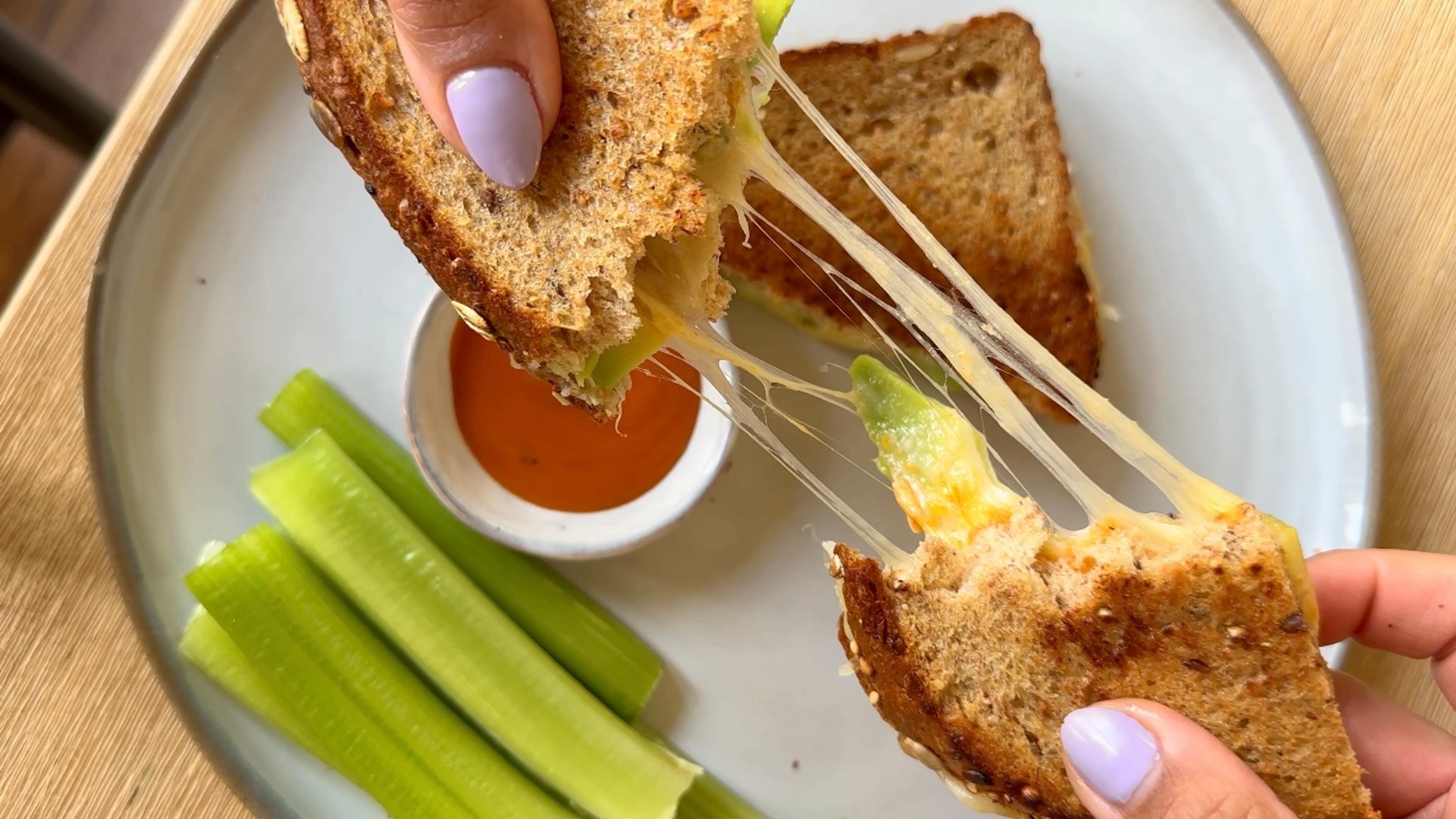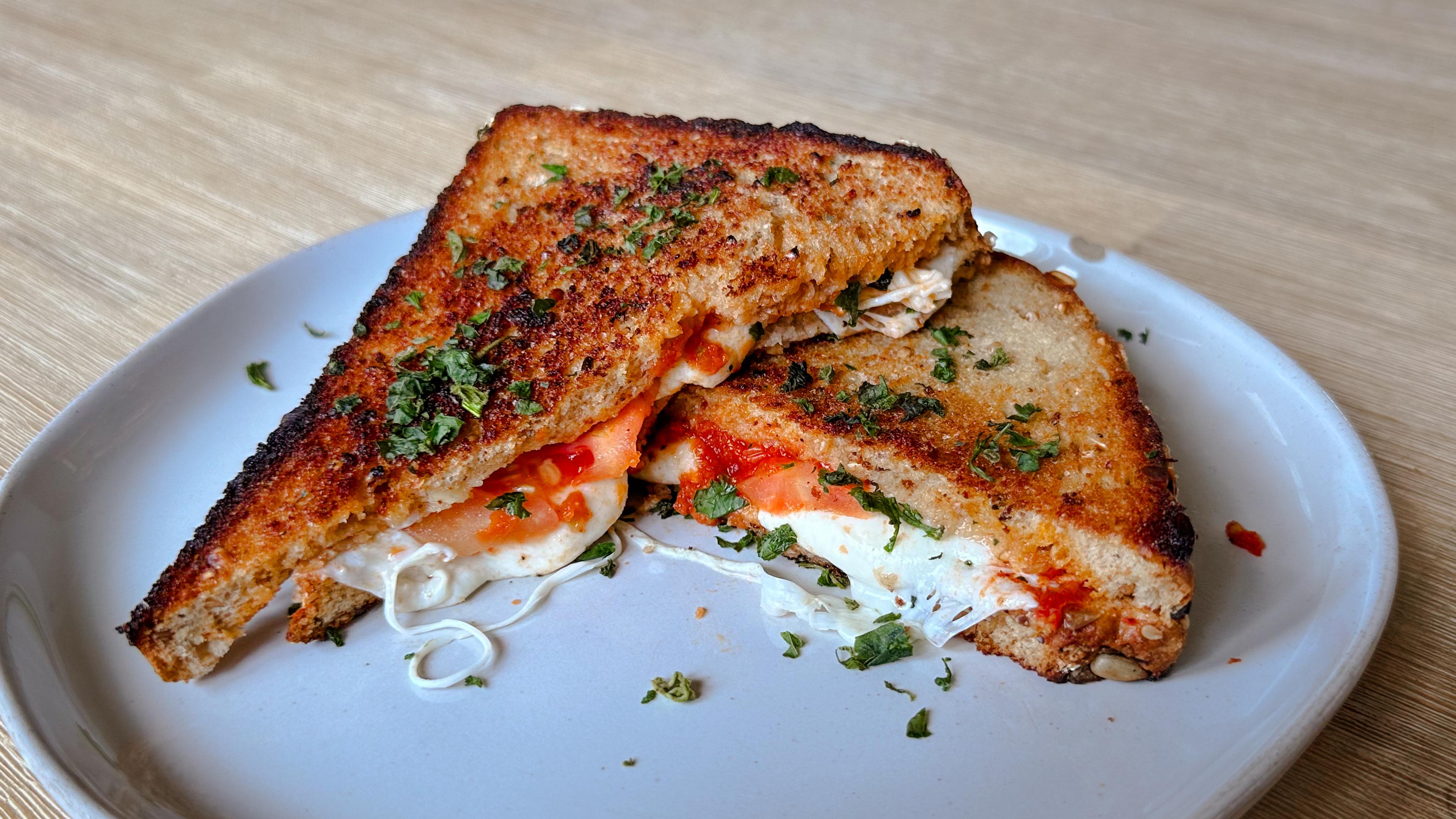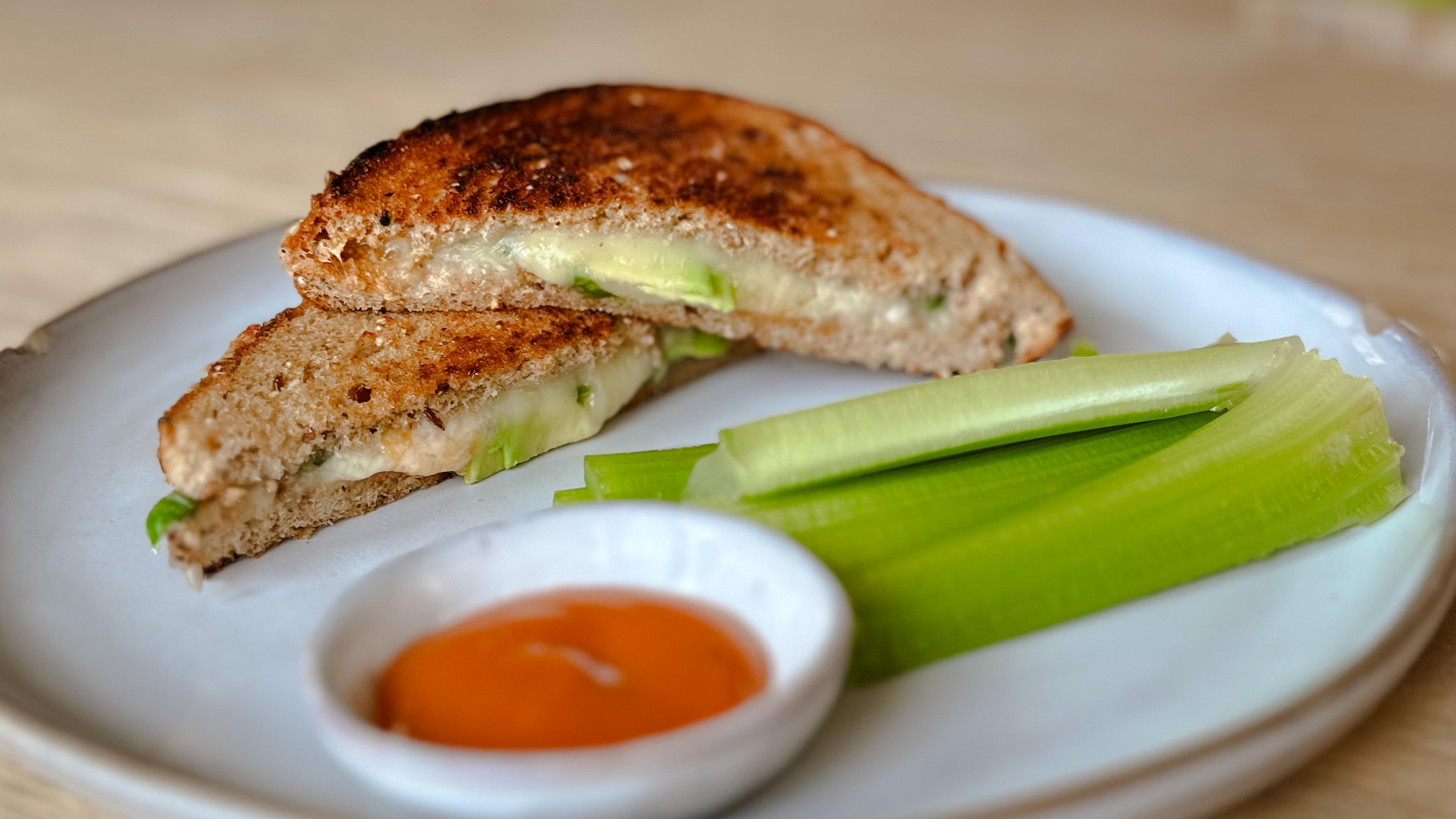Switch up your breakfast with some of these healthy alternatives from around the world!
Paige Wood
| 3 min read

For as many languages I speak and places I’ve been, I’ve found that I don’t like to venture to far in my food choices – especially in regards to breakfast. Although I often like to enjoy empanadas for dinner and tend to spend much more money on chicken tempura for lunch than I’d like to admit; I like to stick to a traditional breakfast of bacon, eggs and oatmeal to start my mornings off right.
Since spending two weeks in the Mediterranean however, my breakfast palette has expanded tenfold. Now, instead of dreaming of plates of bacon in the morning, I find myself wishing to wake up to a light espresso and Nutella smeared toast.
Go figure.
Are you ready to try something new? If you’d like to experiment a little with your breakfast choices, why not take a look at some of these healthy breakfast meals from around the world? You’ll be sure to find something that suits your appetite!
Normally, when we Americans think of a typical Sunday breakfast, foods such as pancakes, fruit, and other sweet treats come to mind. However, in Japan, the common morning meal starts with a simple bowl of rice. Often topped with nattō (fermented soy beans) and served with miso soup or tofu, the Japanese breakfast is a healthy way to get your daily calcium and fiber. Switching up your morning coffee with a glass of green tea is also a healthier and more colorful way to start your mornings off as well.
Normally, when I think of fava beans, I immediately think back to Hannibal Lecter’s “dinner” from Silence of the Lambs. However, while Hannibal Lecter’s fava bean recipe may chill you to the bone, this Egyptian breakfast dish is sure to warm its way into your heart. Rich in flavor and texture, this traditional Egyptian meal is filled with protein, fiber and iron. Olive oil, garlic and even jalapeño only serve to give this delight its unique taste. By starting your morning off with this fava bean favorite, you’ll be sure to start the day off right.
Corn is one of the many staples to a quintessential South American diet. In fact, corn is often used in place of grain to make many of the traditional Latin American meals we eat today. Arepas, a common breakfast or snack meal within Venezuela, are the gluten-free, fiber-rich Latin American cousins to pierogies. In addition to its unique make, arepas can be filled with anything you wish. Whether you want to boost your omega-3 fatty acids (fish) or simply make sure you’re getting the right amount of polyunsatured fats (avocados), its versatility in taste is just another reason to love the Southern American snack.
My personal favorite filling for arepas is Spanish white cheese. Much better than a sandwich, I’d say!
Now, most of us have had scrambled eggs, but have you ever had them Indian style? Loaded with onions, chopped veggies, soy sauce and even tomato ketchup, this dish may sound more like a science experiment than an actual meal. However, don’t fear this dish’s laundry list of ingredients. This breakfast is abundant with flavors found in other traditional Indian meals, in addition to being filled with a rich amount of vegetables and spices.
If you’re looking to turn this meal into a breakfast sandwich, make sure to use whole grain or wheat bread instead of white bread. It’s a much healthier option.
While you may not have the time to fly across the world to try some of these dishes, you do have the time to make these delicious breakfast ideas! Try something new will not only open your mind, but to all new parts of the world!
What’s your favorite meal from out of the country?
Photo Credit: Smaku





